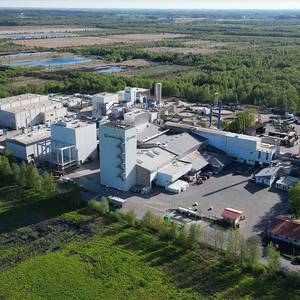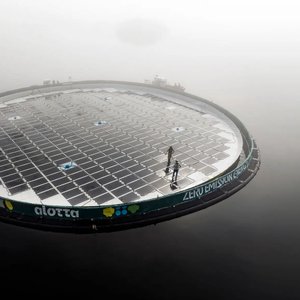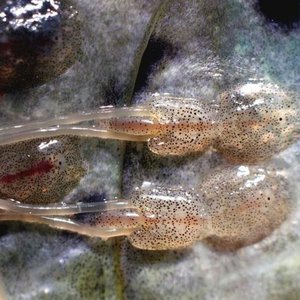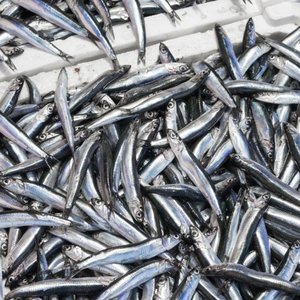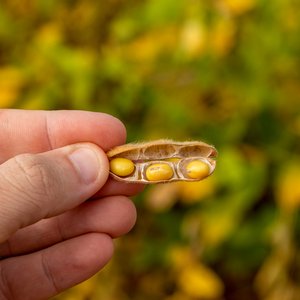Trine Ytrestøyl of AKVAFORSK recently defended her doctoral dissertation entitled “Factors affecting utilisation of carotenoids in salmonid fishes”. Her research lays the groundwork that may be used in future efforts to adjust the levels of astaxanthin in salmon feed.
Ytrestøyl has documented several important factors that affect the utilization of astaxanthin. These include water temperature, digestibility, retention and the muscle concentration of astaxanthin.
The low utilization of the carotenoids astaxanthin and canthaxanthin may be explained by low absorption from the intestines, metabolic conversion, and limitations in uptake in muscle cells. Only 5-10% of the amount eaten by fish is retained in the muscle. Consequently, Ytrestøyl has focused on factors that affect digestibility, metabolism and the deposition of carotenoids in the muscle of salmon.
The research findings show that the digestibility of astaxanthin in Atlantic salmon was negatively affected by increased feed intake, but positively affected by increased water temperature.
Studies of metabolism and deposition in the muscle show that autumn salmon smolts utilise astaxanthin more effectively than spring salmon smolts. This finding is positive since a growing number of the smolts produced are put out to sea in the autumn. In connection with this research, a metabolite of canthaxanthin known as 4´-hydroxyechinenone was documented for the first time in the muscle of Atlantic salmon. The compound was identified and quantified using modern chemical methods.
An alternative method for distributing astaxanthin was tested. Different doses were administered by injection into the abdomen of salmon, rainbow trout or cod to investigate the effects on uptake, metabolism and deposition of astaxanthin in various tissues.
Following injections of 50 mg astaxanthin, an unusually high level of astaxanthin was found in the muscle of salmon (up to 30 mg/kg) whereas the level in cod was low (max. 1mg/kg). These results indicate that the deposition of carotenoids in muscle is regulated by uptake in the cells. The blood levels in both salmon and cod were extremely high. The injection of carotenoids into the abdomen may be suitable as a model for studying uptake, deposition and metabolism of carotenoids in fish, and it has potential for use as a commercial pigmentation method.
Trine Ytrestøyl may be contacted at: trine.ytrestoyl@akvaforsk.no


